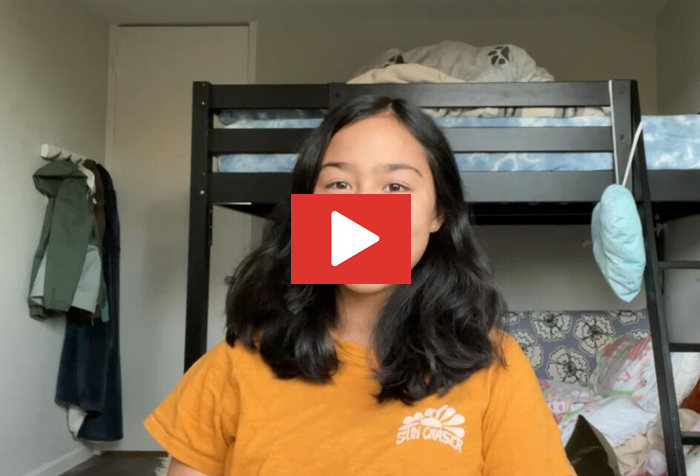Chinese grammar 把 sentence
In Chinese grammar, one of the major stumbling obstacles is the “把 () sentence”. As a coverb, “把” has no equivalent in English. That’s why it is quite confusing to many people. Actually, “把 structure” is extremely common in both written and spoken Chinese. Now let’s learn what a 把 sentence is and how to use it in Chinese.
Before learning 把, you must know that the most basic and simple sentence structure in Chinese is “SVO”, namely “Subject + Verb + Object”. E.g.
我 打扫 房间。
I cleaned the room.
Structure of把 Sentence
A very basic Chinese function of “把 sentence” is to change the word order from “SVO” to “SOV”. It is simply a means by which the direct object is displaced to a position before the verb. By doing this, you put “把” after the subject. So, if we want to change the above example to a “把 sentence”, the word order is: S + 把 + O + V.
我 把 房间 打扫 了。
I cleaned the room.
More examples using “把”
我 把 工作 做完了。
I finished the work.
我 把 钱 放在 桌子上了。
I put the money on the table.
When should you use 把?
After the explanation, you probably understand what “把 structure” is and how to form it, but you may be wondering when to use it. This is a question that also confuses our students who study Chinese with online tutor. To put it simple, “把 structure” is always used to talk about the result of the action on the object. In the above cases, the room cleaned, the work done, and the money put on the table. In a word, if the sentence seems to be focusing on what happened to the object, then you should try to use “把”.
Another thing we need to notice is that: because the 把 structure is used to indicate how the object is affected by the verb, you can’t use it in any situation where nothing happens to the object. For example: In sentences like “我想你 ” (I miss you) and “我爱你 ” (I love you), “把” should never used.
Experience Your First Class!
Get a 30-minute FREE trial to see what our online classes look like.
Apply Now




